We caught up with the brilliant and insightful Daniel Cook a few weeks ago and have shared our conversation below.
Alright, Daniel thanks for taking the time to share your stories and insights with us today. We’d love to hear about a project that you’ve worked on that’s meant a lot to you.
The most meaningful project that I’ve worked on as a performer was being the first Deaf American Host of a television Game Show, called SignTasTic!
The idea for SignTasTic! was born in 1995, when I was teaching ASL classes at a college. I noticed that students were not really motivated with the classroom activities while learning sign language. That’s when I started the SignTasTic! card game.
I provided students with cards and they could practice with them. In class, we expanded the cards from pictures into stories – and that helped with their signing skills and language acquisition. I noticed that the SignTasTic! card game became popular, so I started testing it with friends and family.
Based on the card game, I developed a game show, with my team at Silent Visual Media. Season One is now streaming on VSYN+, with 11 episodes.
Since I started teaching American Sign Language 25 years ago, it has been exhausting witnessing the separation of Deaf and hearing people. I know there are ADA laws, in America, that require services like captioning and interpreters – but I want there to be a deeper level of understanding of the Deaf community. I want people to be pulled into the Deaf community in a fun way, so that we can all share our experiences.
That was very important to me. My hope is that SignTasTic! can help establish relationships and pave the way for Deaf people and hearing people to collaborate together and make awesome entertainment. This may even influence people around the world to make entertainment with Deaf and hearing crews alike.
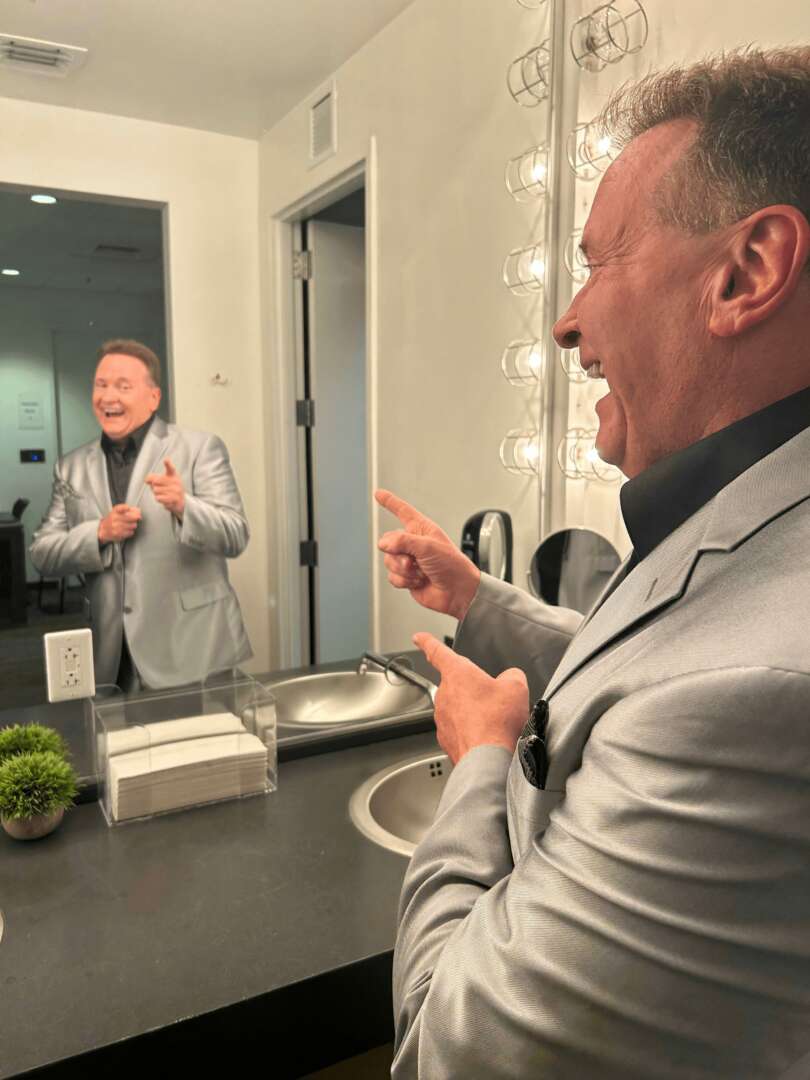
Daniel, love having you share your insights with us. Before we ask you more questions, maybe you can take a moment to introduce yourself to our readers who might have missed our earlier conversations?
I was born hearing into a hearing family. At the age of two I was infected with scarlet fever. My parents didn’t realize I was deaf until they took me to an ENT at the hospital for testing. They found I had profound hearing loss. My mom and dad were shocked. They cried about this diagnosis. They were worried about my success in the future as a Deaf man. They wondered if I would get married or have a job.
My parents considered the options for my education. Deaf children can be taught in an oral tradition (where they do not sign, and an emphasis is placed on learning to speak) OR Deaf children can be taught in a signing tradition (where an emphasis is placed on using sign language to access information).
I was placed in an oral school environment. My mom became a speech therapist to support my learning. I started speech training with my mother every morning at 5am, and then I would leave for school at 7am. This was my routine for many years.
When I transitioned to high school, I was the first deaf student in the district. I had no interpreters and no language access. All of the information in my classes was not available to me. I did well in math because I was already good with numbers, but I struggled in other classes, especially with English.
When I went to college at RIT/NTID my education and my skills improved dramatically. That was the first time I was introduced to a signing environment. With American Sign Language (ASL) I was able to access education, it felt like it was truly made for me for the first time in my life.
Back in the day, there was no closed captioning. I was addicted to watching game shows, because I didn’t need captions to understand the contestant’s facial expressions. I watched shows like “The Price Is Right” and “Press Your Luck.” I didn’t have any Deaf role models growing up, but I loved those game show hosts. I thought, “one day I would like to be like those game show hosts and be a role model for others.”
At Silent Visual Media (SVM,) we produced 11 episodes of the game show SignTasTic! Then we decided to set up a production company to support bridging the gap between the Deaf and hearing worlds. We are developing different show ideas that include: reality, narrative, animation, and documentary.
What separates us from many companies is that other production companies make shows that may include a token Deaf character. But they don’t know how to hire Deaf people or work with a person with a disability. Our company can show them how to work side-by-side. We have consultants who can show a team of hearing and Deaf people how to work together.
There are many laws and advocates fighting to encourage inclusion, but there always seems to be a gap between the Deaf and the hearing worlds. I think the key is to find a FUN way of teaching hearing people how to sign. This would allow Deaf people to belong in their world. It’s just like finding a fun way to learn an unpleasant skill, like algebra.
My goal is to give people a fun way to learn ASL.
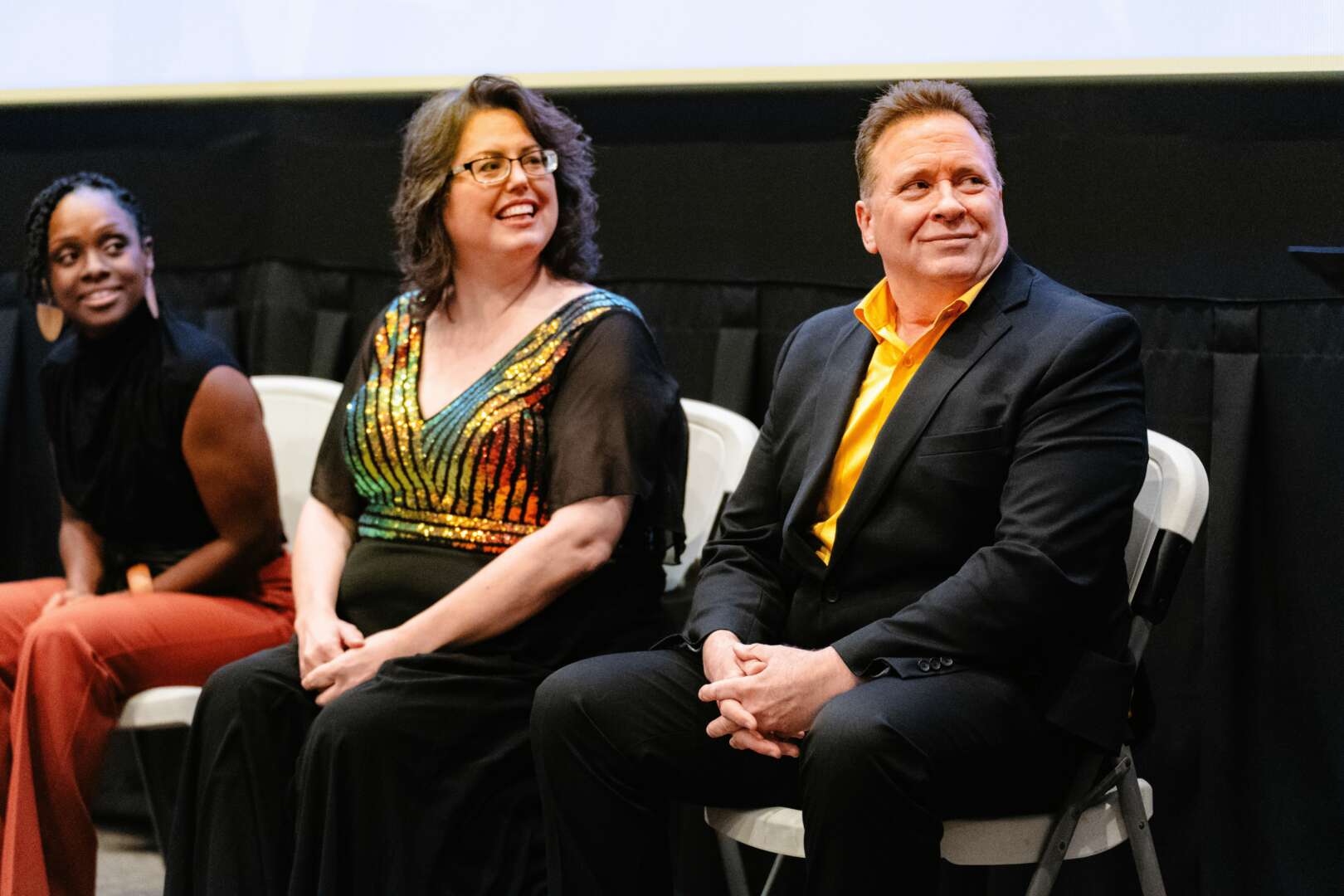
How about pivoting – can you share the story of a time you’ve had to pivot?
I pivoted from my career in teaching American Sign Language at the college/university level when I started this company with my Deaf friend. We were both disappointed that the entertainment industry did not have a focus on the Deaf perspective in television or in movies. I quit teaching classes when I started working as a game show host.
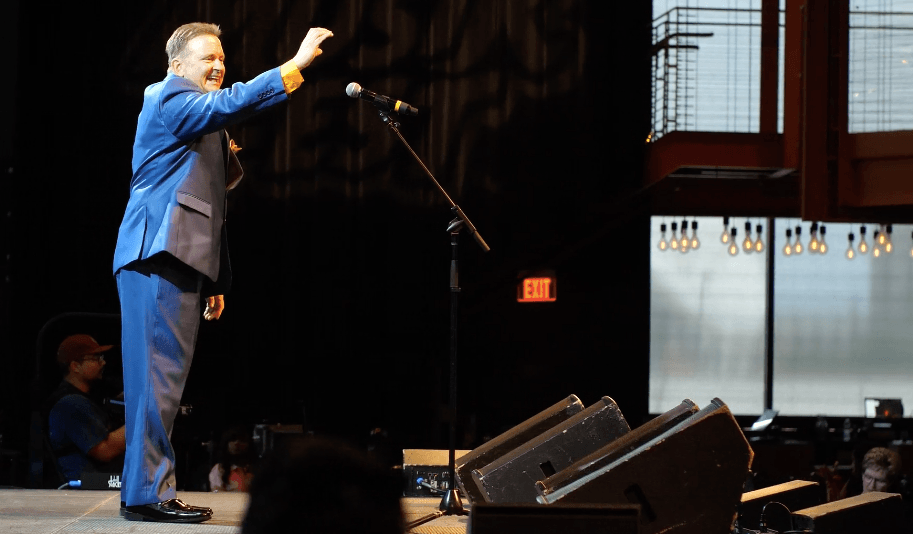
What do you find most rewarding about being a creative?
After the 11 episodes of SignTasTic! were complete and on a streaming platform, I realized that SignTasTic! is more than just a game show. SignTasTic! helps give people hope. People can learn ASL and communicate with others. There is also a SignTasTic! card game and a SignTasTic! touring road show that help to bridge the gap between the Deaf and hearing worlds across America.
Contact Info:
- Website: https://silentvisualmedia.com
- Instagram: silentvisual.asl
- Facebook: Silent Visual Media, LLC
- Youtube: https://www.youtube.com/@silentvisualmedia
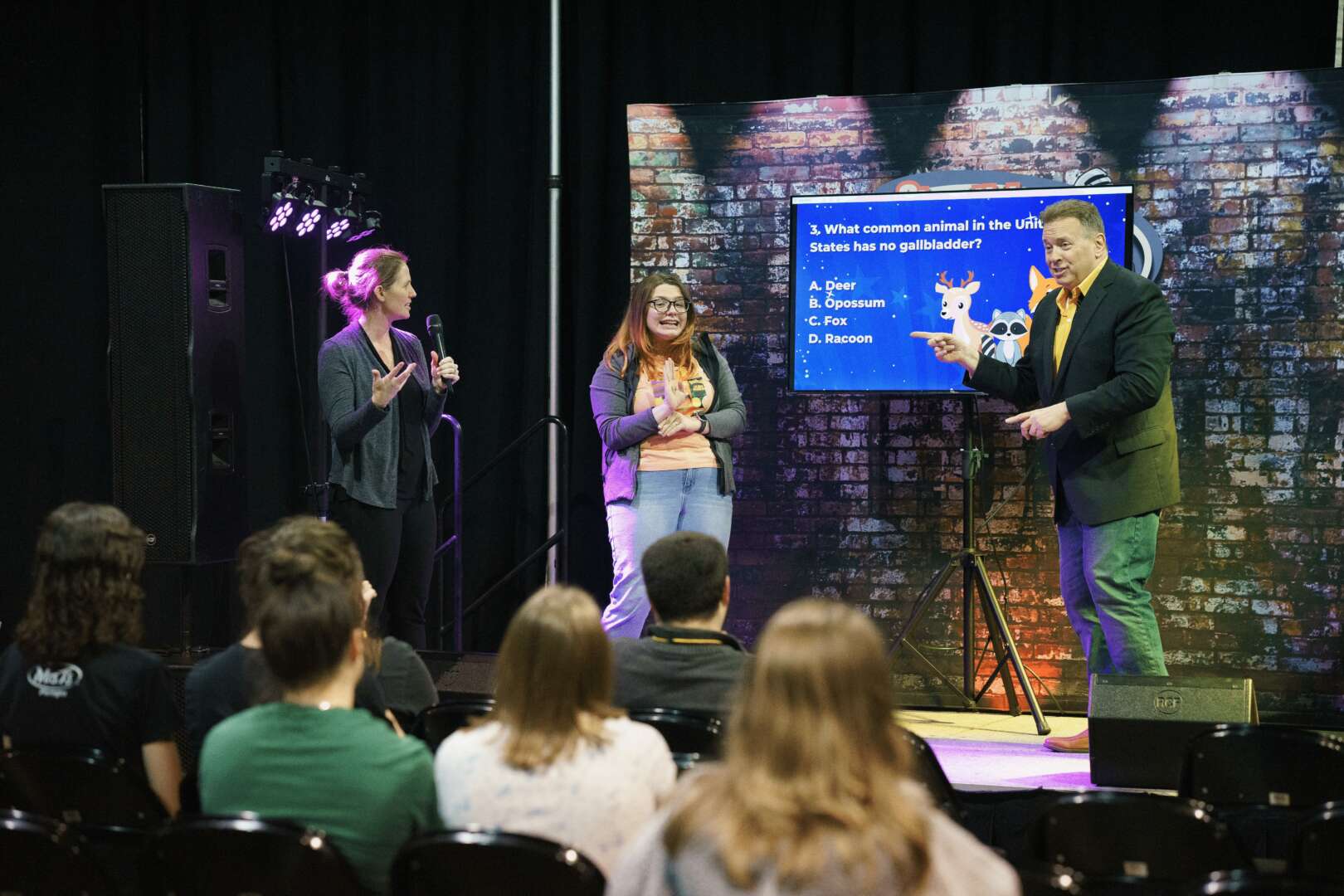
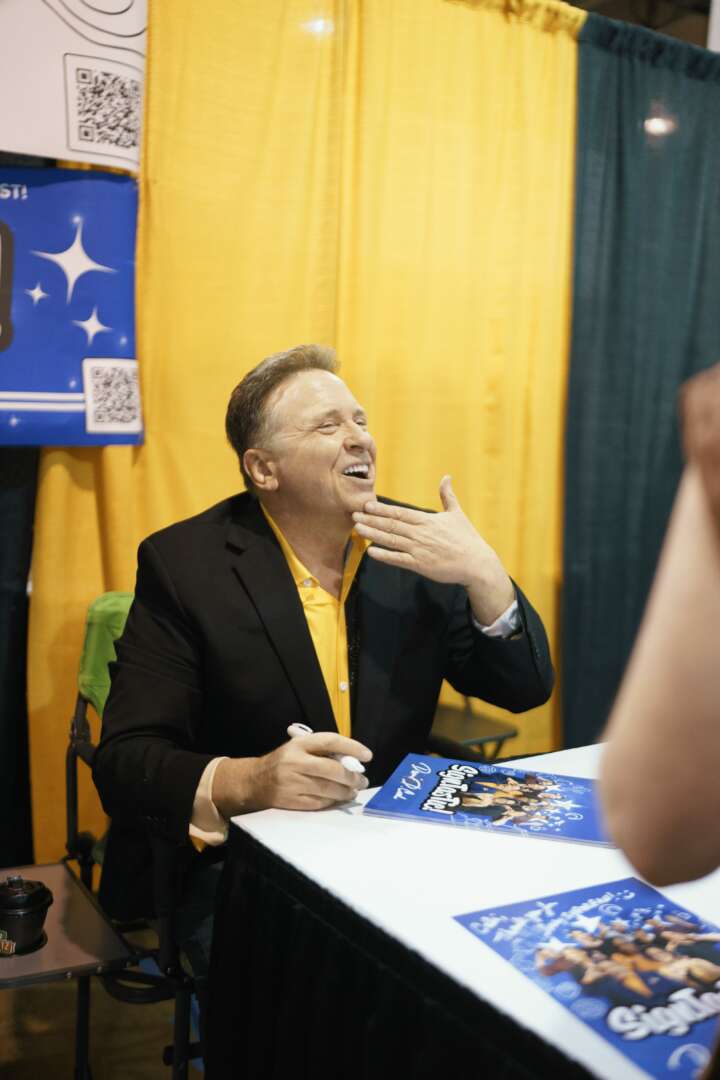
Image Credits
Photo credits to Silent Visual Media and Those In Motion Photography


